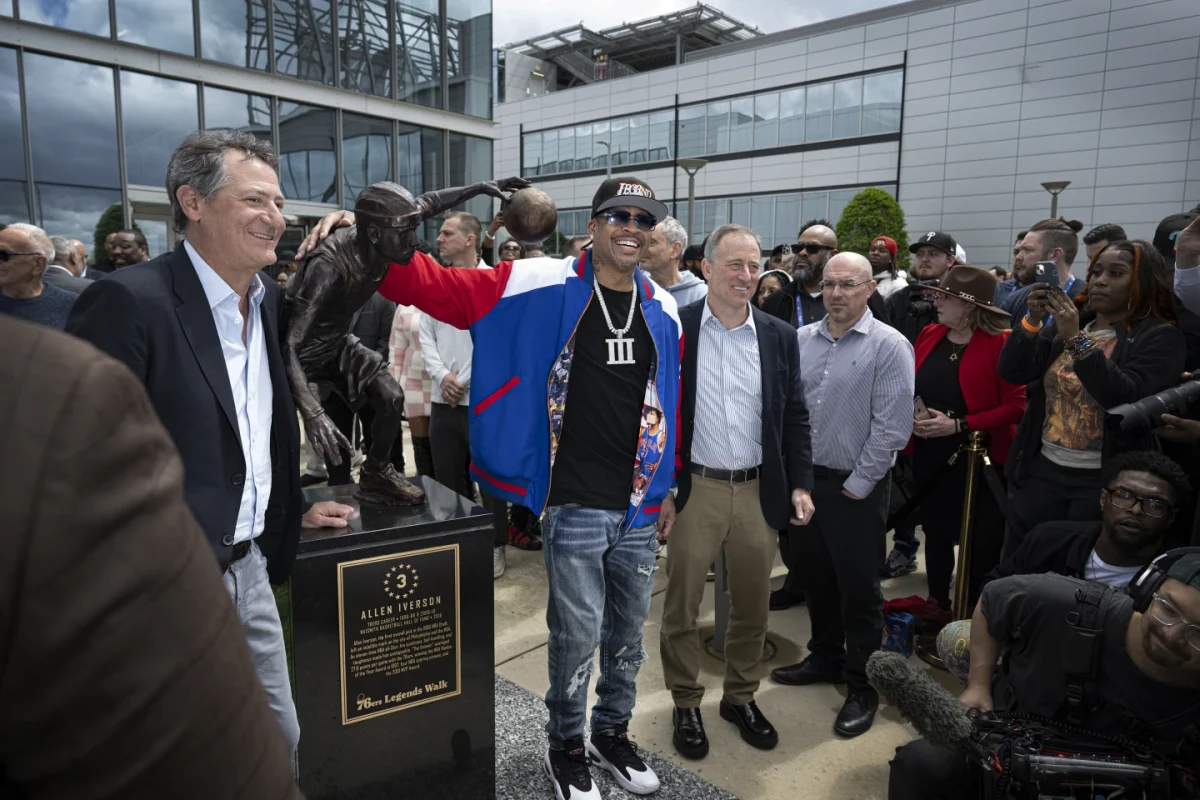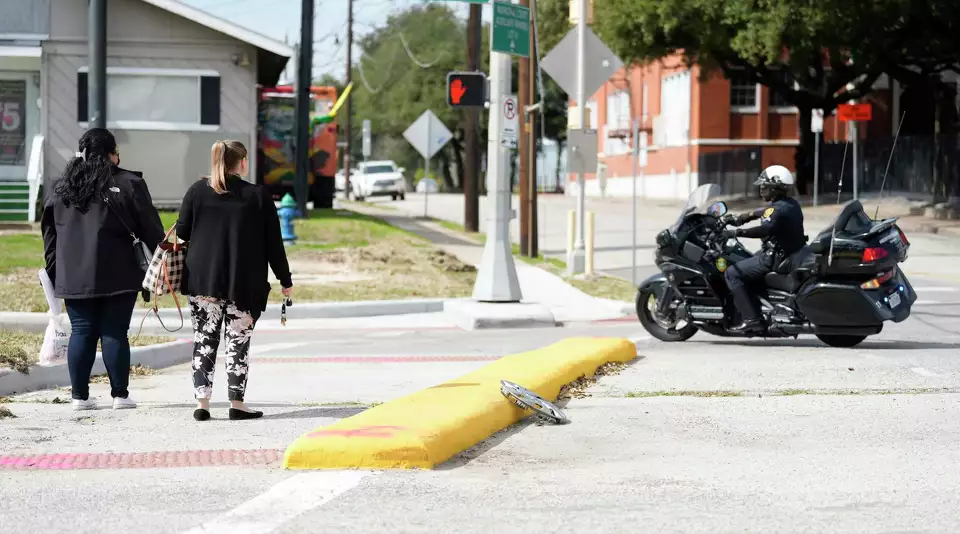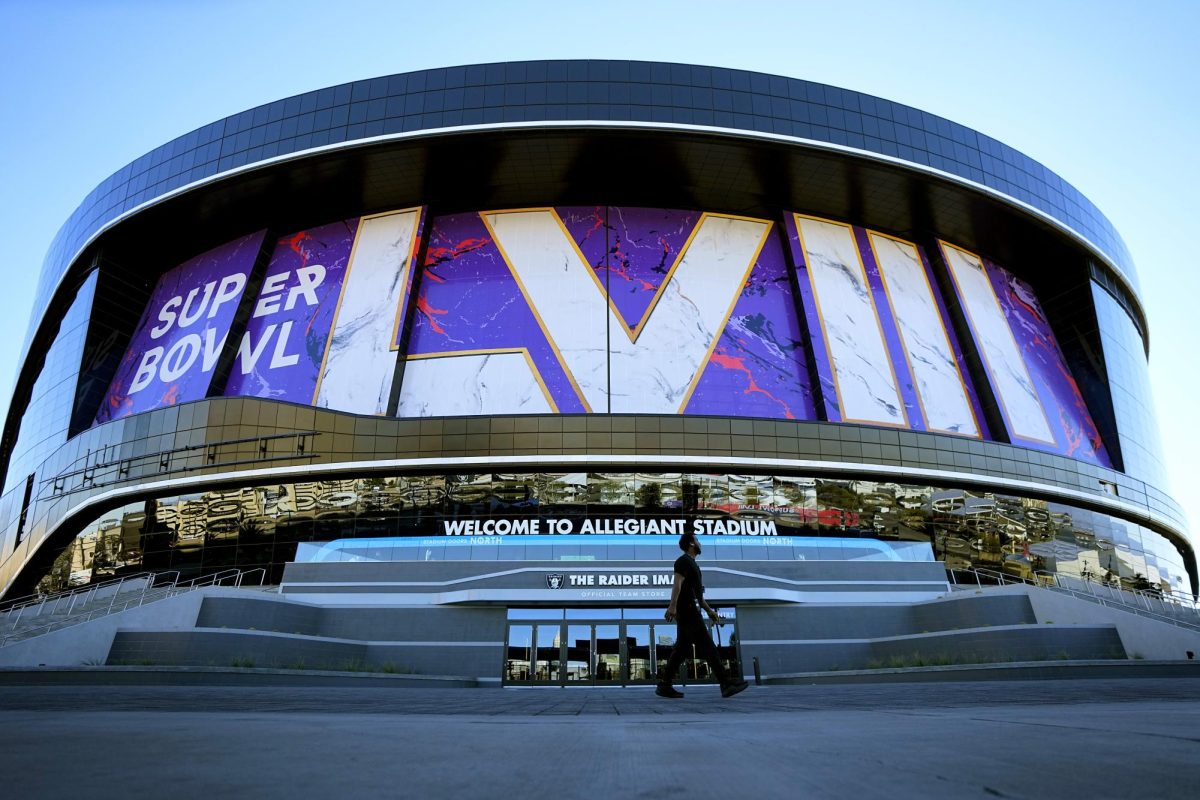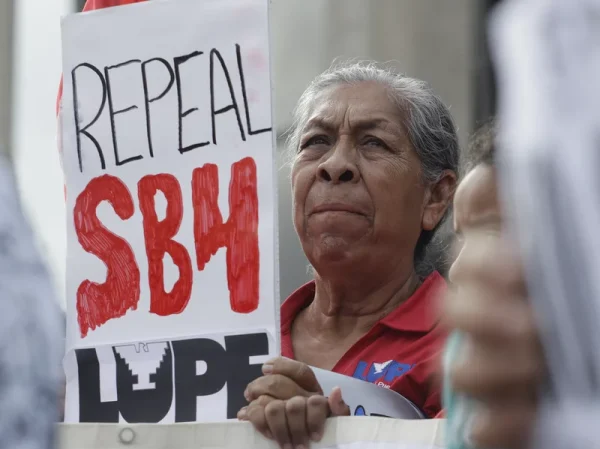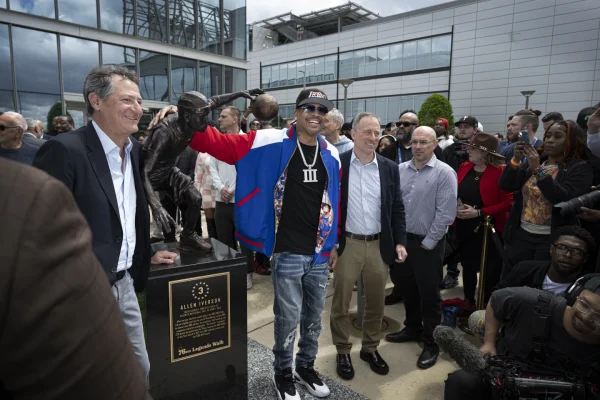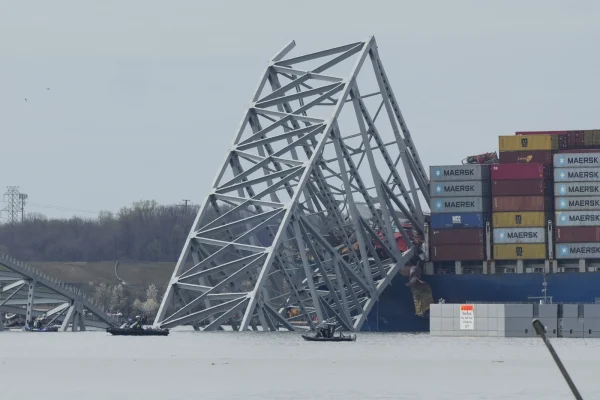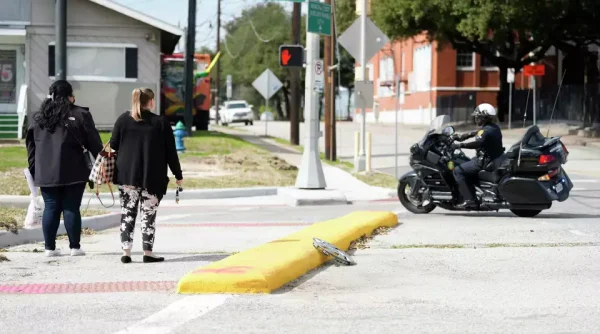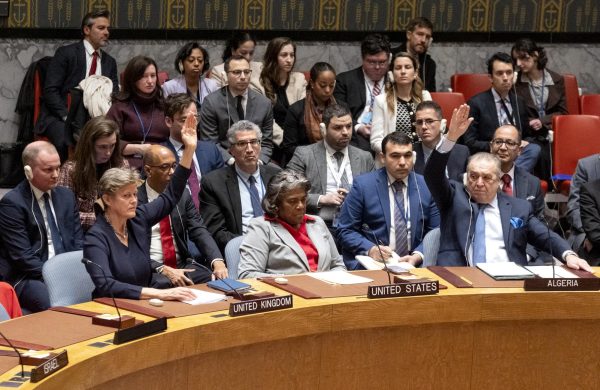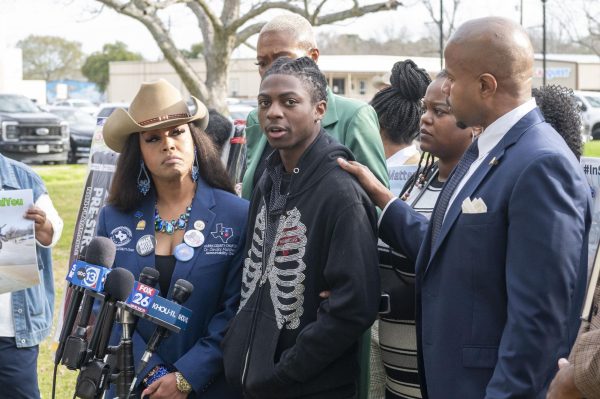EPA Chief Visits Houston’s Heavily Polluted Neighborhoods
EPA Administrator Michael Regan visited Houston as part of a weeklong tour of neighborhoods across the South where pollution has impacted people’s health.
December 1, 2021
Michael Regan is the administrator of the Environmental Protection Agency. Regan’s “Journey to Justice” tour saw him visiting neighborhoods across the South where pollution has impacted people’s health. The tour began in Jackson, Mississippi then continued through Louisiana before ending in Houston. Regan’s appointment of this task was seen as a decision by the Biden administration to prioritize environmental cleanups in historically marginalized communities.
Regan who is 45, a former environmental advocate, and the agency’s first Black administrator visited Fifth Ward – a historically Black neighborhood that sits near two Superfund sites and contains a rail yard operated by Union Pacific, a freight rail company that has been criticized for its handling of hazardous waste. Regan also visited neighborhoods along the Houston Ship Channel, a predominantly Latino area where fence lines bump up against refineries and other large industrial plants.
At the moment, the EPA does not consider the cumulative impact of pollution in an area before allowing an additional polluting facility to be added. This is a major concern since some low-income communities of color in Texas tend to be located near industrial areas. A study done by researchers from the University of Washington and University of Minnesota found that Black and Hispanic populations in the U.S. experience 50% more pollution than they generate, while White populations experience 17% less pollution than they generate. In a 2021 report, The American Lung association found that people of color were 61% more likely to live in a country with unhealthy air than white people. A recent investigation by ProPublica found that some neighborhoods in Deer Park, Texas, one such community, have a combined cancer risk from industrial air pollution that’s 1.4 times higher than the EPA’s acceptable level. Texas state officials also found higher than normal cancer rates in Fifth Ward.
LaTonya Payne is one of the many Fifth Ward residents who has seen first-hand what disastrous results pollution can bring. Payne lost her 13-year-old son to leukemia in July. The cases of childhood leukemia are five times higher than the state average in Fifth Ward, according to the Texas Department of Health. Although there’s no confirmed link, Payne is convinced the rail yard caused her son’s leukemia. Payne and more than 1,000 other residents have filed suits against Union Pacific for illnesses they say came from their properties and groundwater contaminated by creosote, a manmade substance capable of causing cancer in living tissue.
Neighborhoods located in Fifth Ward and along the Houston Ship Channel hope that things will be different this time around. “This is long overdue.” said Bob Bullard, director of Texas Southern University’s Bullard Center for Environmental and Climate Justice. And according to Regan, things will be different. “I think it’s important that the EPA acknowledge that for decades there have been disproportionately impacted communities,” Regan said. “The purpose of my being here is to do more listening than talking.” Regan also promised to take what he heard back to Washington, D.C., and for people living in Fifth Ward like LaTonya Payne, they hope that something will be gained from Regan’s visit.


